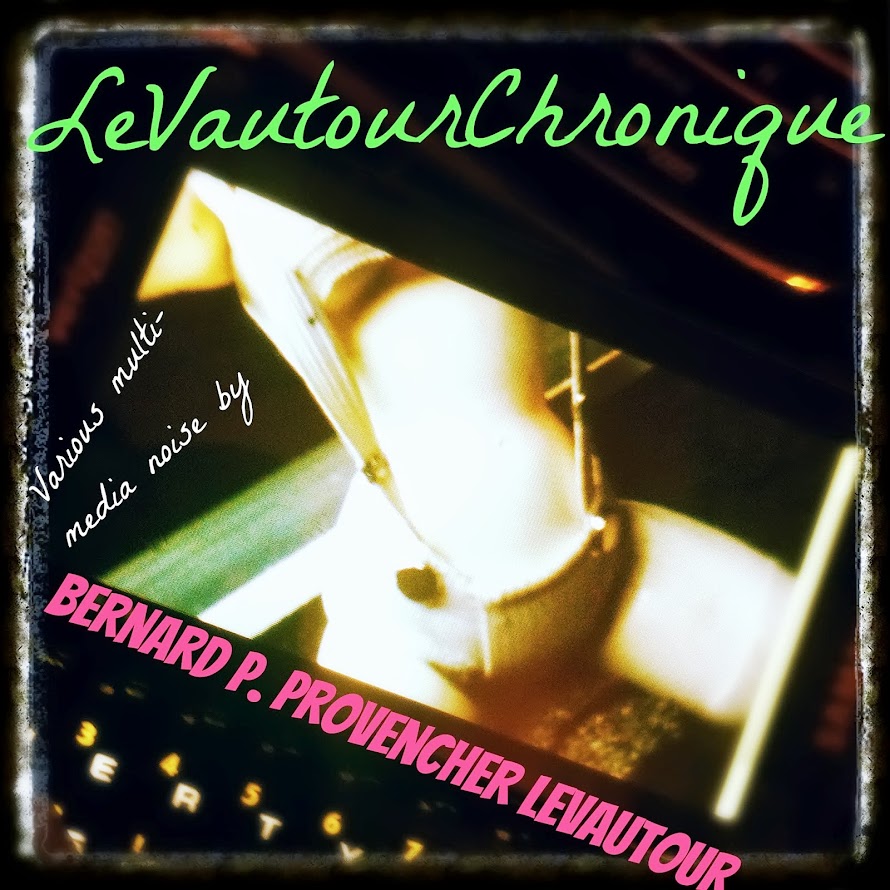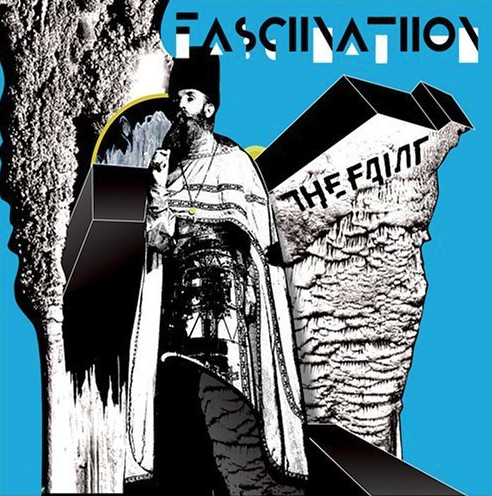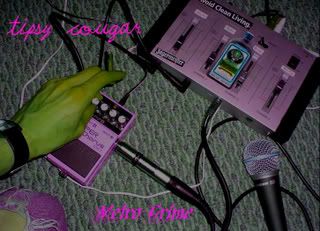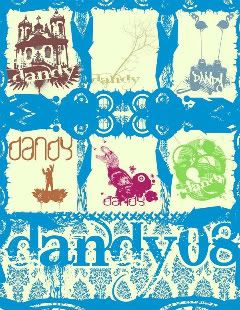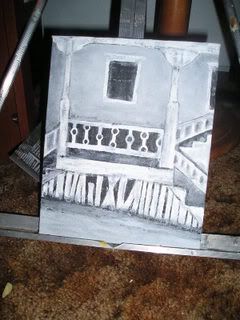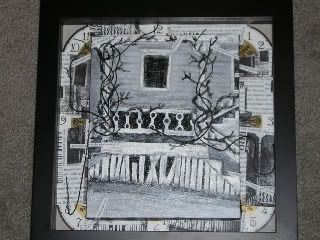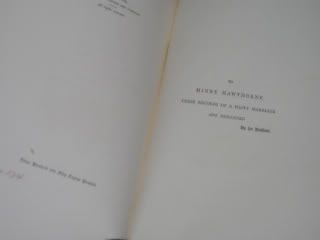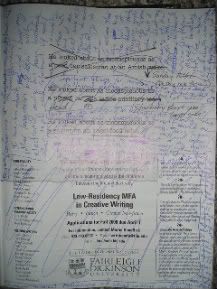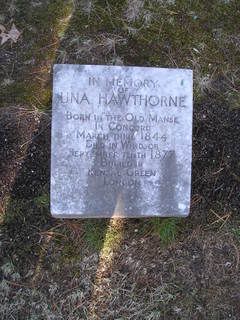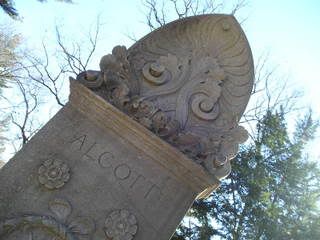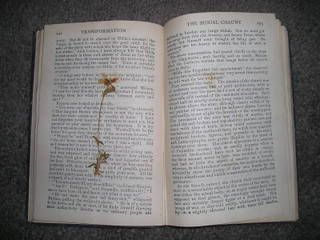I’m not usually much for
Outwardly “political” poetry,
But…
Some things have been…
Festering… lately that I’ve
Been having an increasingly
Harder time trying to
Ignore.
My attention is short for
Chosen ideologies based on
Personally biased concerns,
Personally motivated, pay-check,
“Real world” based
Partisan decision-making…
Cries and whines of “isms” based
On “because of the ‘system’
My ends won’t meet so it’s
Obviously the ‘system’s’ responsibility
To make them, to even playing-
Fields, tear down the
Institutions that tear us
Down,” or, just as bad, the
“
My vote will ensure that
My dollar’s not going to
That,” with no concern for
Broader philosophy or any
Larger concerns than your
Personal take-home
pay.
To quote a wise anachronism whose
Name on principle I
Refuse to capitalize,
“Render to Caesar
That which is Caesar’s”
“In {something vague and
Elusive} we trust” printed
In so many different
Words and symbols
On the fronts and backs of
Bills, and “trust” is
Something that you know I’m
Not one terribly quick to do.
These bills belong to a
System that we’ve
Chosen to participate in…
In theory.Cue the back-beat backing-track
Break-down as I spin you a
Slide-show.
(Mock me in your mind as a
“Wonder Years” monotone for a
Lecture-like moment) Spin of
Reel-to-reel, “START.”
In order for a “Democracy” to
Function as such, based on the
“Will” of the “people” to
“Choose” their own “freedoms,”
The “people” must have the
“Freedom” to “choose” to
Opt out of said otherwise-
Sham of a “democracy.”
But most of us were
Born into this system,
Tagged with codes of
Threes and fours and
Fours to mark our
Places within, our debts to
Jurisdictions inside
Ever closing in, continually
Smaller sets of borders,
To
contain us within the
Laws of our
“personal” fiscal
Identity.I must stress here, you
Don’t need to
desire to
Exist outside of the system
For that
freedom to be
Active and pertinent.
That “freedom,” however, must
Be constantly conscious
In the way that our
“Chosen” institutions “choose”
To conduct themselves,
And the way that we relate
Ourselves {as now in
Shackles} to them.
This is why I refuse
To wave flags intended
To represent false “freedoms.”
This option has
failed,
As we find ourselves
Forced, within our sets of
“Obligations” as “responsible
Adults,” to sign our
Names on lines, scribble
Last four digits in boxes to
Underwrite every aspect of our
“Personal” conduct with the
“Insuring” capital of
Corporate conglomerates,
In case something were to
“Happen” to force you to
“Require” services within the
System built up as
Confining walls of bullion
Blocks around us that few
Humans alive could comfortably
Procure without the
Fiscal net you’ve bought and
Signed for, to reaffirm your
“Choice” to operate within
This “optional” system.
In twenty-six years “my”
“Name” has become
Attached to so many
Various forms of
Account numbers that
The fees would rise
Higher than the national
Deficit were I to
“Choose” to try to close them all.
And you
wonder why I’ve used
So many alternate names for how I
“Choose” to represent "
myself".
I’m not sure if I would
Personally exercise the option to
Opt-out if I had it,
But it’s integrally important to me
That we regain that
Most essential freedom
To actively
choose not to sign
Our names and identities as numbers
On another dotted line.









